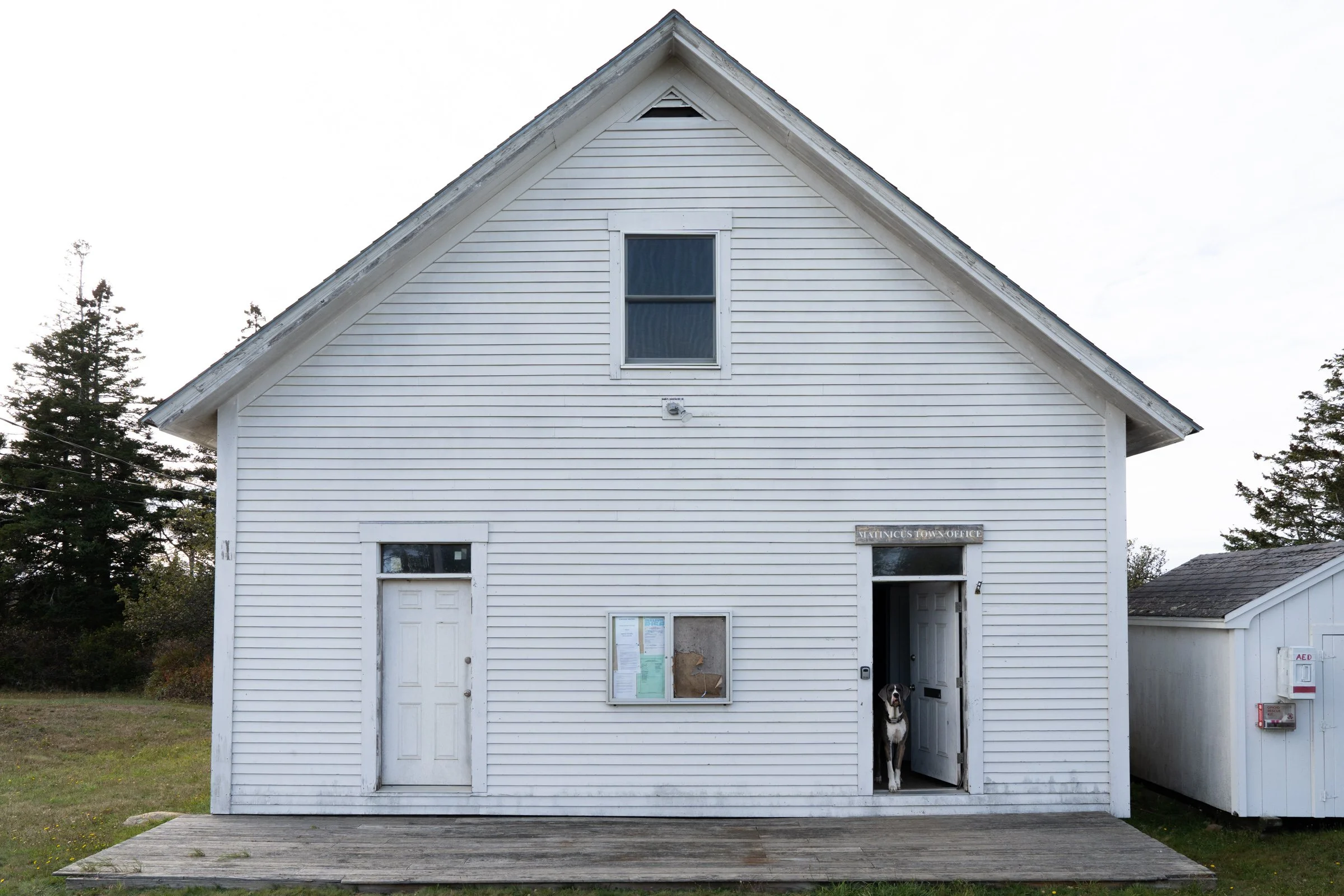
From Away, Washing Away
On Maine’s most remote island, a tight-knit community grapples with climate change and demographic shifts.
Matinicus, meaning “far-out island” in the Abenaki language, is the furthest offshore year-round settlement on the East Coast of the United States. It is primarily accessible by air, but only on days without fog or high winds. I flew to Matinicus with Penobscot Island Air, a small company that services several year-round and seasonal offshore communities in Penobscot Bay.
The structures and people of Matinicus have weathered many brutal storms, typical of the Gulf of Maine. But in recent years, creeping sea-level rise, increasingly rapid erosion, and intensifying, more frequent winter storms, have begun to push past the hardy community’s limits. Matinicus is also confronting an aging population and a changing lobster industry, which, together with the climate crisis, increasingly expose the community’s vulnerabilities. The threat can feel existential.
Craig MacLeod, a lobsterman originally from New Zealand, lost his home in the historic Centennial Building in the back-to-back January 2024 winter storms that caused around 90 million dollars of damages across 60% of Maine’s working waterfronts. He worries that rising climate-related costs paired with already-high cost of living on the island are pricing out fishermen. With little help from his insurance company or the federal government, he says out here “you’re on your own.”
According to a 2024 report by the Maine Land Use Planning Commission, 35 of the 260 structures on the island may be under water by the end of the century if worst case sea level rise scenarios play out.
Dr. Margaret “Peggy” Booth, lives in a cabin converted from a historic bait shack. During the 2024 winter storms, Booth lost two feet of shoreline to storm-accelerated erosion. Only a few feet of clay separate her front porch from the rapidly-advancing sea, and she has made the difficult decision to build a new home at a higher elevation.
Donna Rogers, now 85, is one of the few lifelong islanders with a long family history remaining there. She recalls a more lively era when the entire island felt like one extended family, and no one minded if you walked across their property. She notes that seasonal residents from “away” have been the driving force in creating a more territorial culture. With a distance of memory in her voice, she chuckles. “We just wait for them to leave. Then it’s ours again.”
Phil Davies, a former Wall Street analyst, originally from the UK, moved his family to the island during the pandemic. He has been the driving force in rehabilitating the island’s faulty power generation system. His family is now one of the few that lives on Matinicus year-round, and his son is one of two students in the island’s one-room schoolhouse.
He dislikes publicity, but he asserts “if it gets someone to want to spend a week out here, then it's worth it.”
“We need people,” he adds.
Laurie Webber, Rogers’ daughter and one of the municipality’s three assessors, (analogous to a select board) is concerned about climate change, but her most pressing fear is that without a major correction to its population decline, Matinicus may become a seasonal community. Webber leads me to South Sandy Beach, named for once-sandy bluffs that are now a tangled mess of roots and downed trees protruding from the bare clay. “Along here is where the cliff swallows nested, but they haven't for many years. I guess there just isn't enough sand to do it anymore.”
Just offshore of South Sandy lies Criehaven, a seasonally-inhabited unorganized territory that warns of what happens when the year-round population of an island collapses. Acutely aware of the threat posed by the ongoing population decline, Webber and the other assessors hope to keep Matinicus from meeting a similar fate. “We're not from away. We knew [Matinicus] when it had a working store, a boat that came three times a week. When people were here all year round. We’re working towards bringing that back, as much as we can.”












